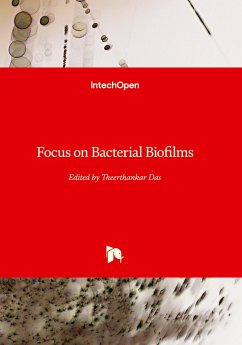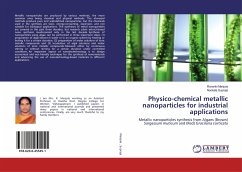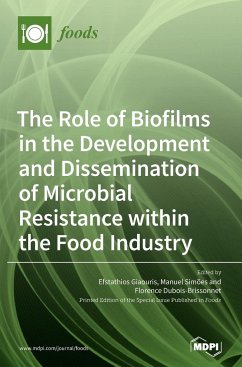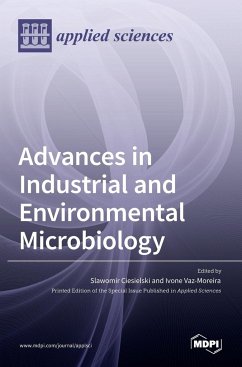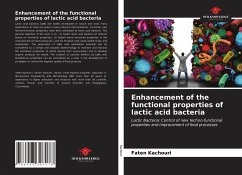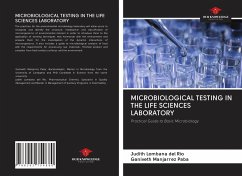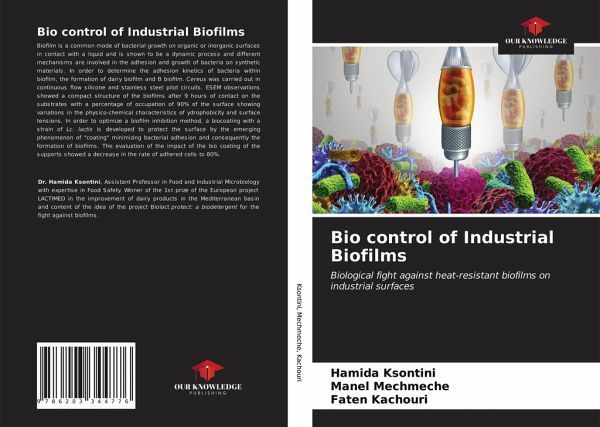
Bio control of Industrial Biofilms
Biological fight against heat-resistant biofilms on industrial surfaces
Versandkostenfrei!
Versandfertig in 1-2 Wochen
50,99 €
inkl. MwSt.

PAYBACK Punkte
25 °P sammeln!
Biölm is a common mode of bacterial growth on organic or inorganic surfaces in contact with a liquid and is shown to be a dynamic process and different mechanisms are involved in the adhesion and growth of bacteria on synthetic materials. In order to determine the adhesion kinetics of bacteria within biofilm, the formation of dairy biofilm and B biofilm. Cereus was carried out in continuous flow silicone and stainless steel pilot circuits. ESEM observations showed a compact structure of the biofilms after 9 hours of contact on the substrates with a percentage of occupation of 90% of the surfa...
Biölm is a common mode of bacterial growth on organic or inorganic surfaces in contact with a liquid and is shown to be a dynamic process and different mechanisms are involved in the adhesion and growth of bacteria on synthetic materials. In order to determine the adhesion kinetics of bacteria within biofilm, the formation of dairy biofilm and B biofilm. Cereus was carried out in continuous flow silicone and stainless steel pilot circuits. ESEM observations showed a compact structure of the biofilms after 9 hours of contact on the substrates with a percentage of occupation of 90% of the surface showing variations in the physico-chemical characteristics of ydrophobicity and surface tensions. In order to optimize a biofilm inhibition method, a biocoating with a strain of Lc. lactis is developed to protect the surface by the emerging phenomenon of "coating" minimizing bacterial adhesion and consequently the formation of biofilms. The evaluation of the impact of the bio coating of the supports showed a decrease in the rate of adhered cells to 80%.



